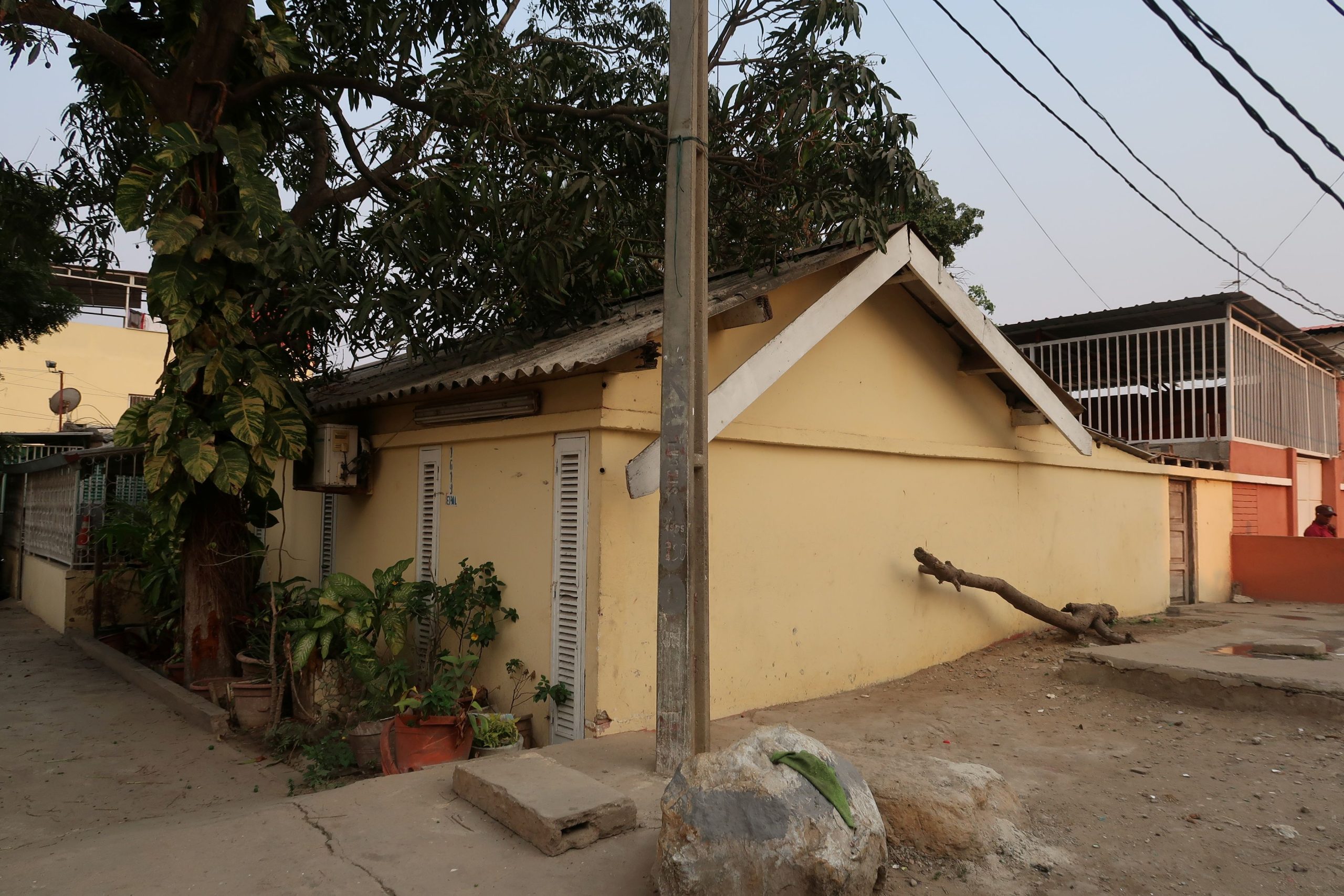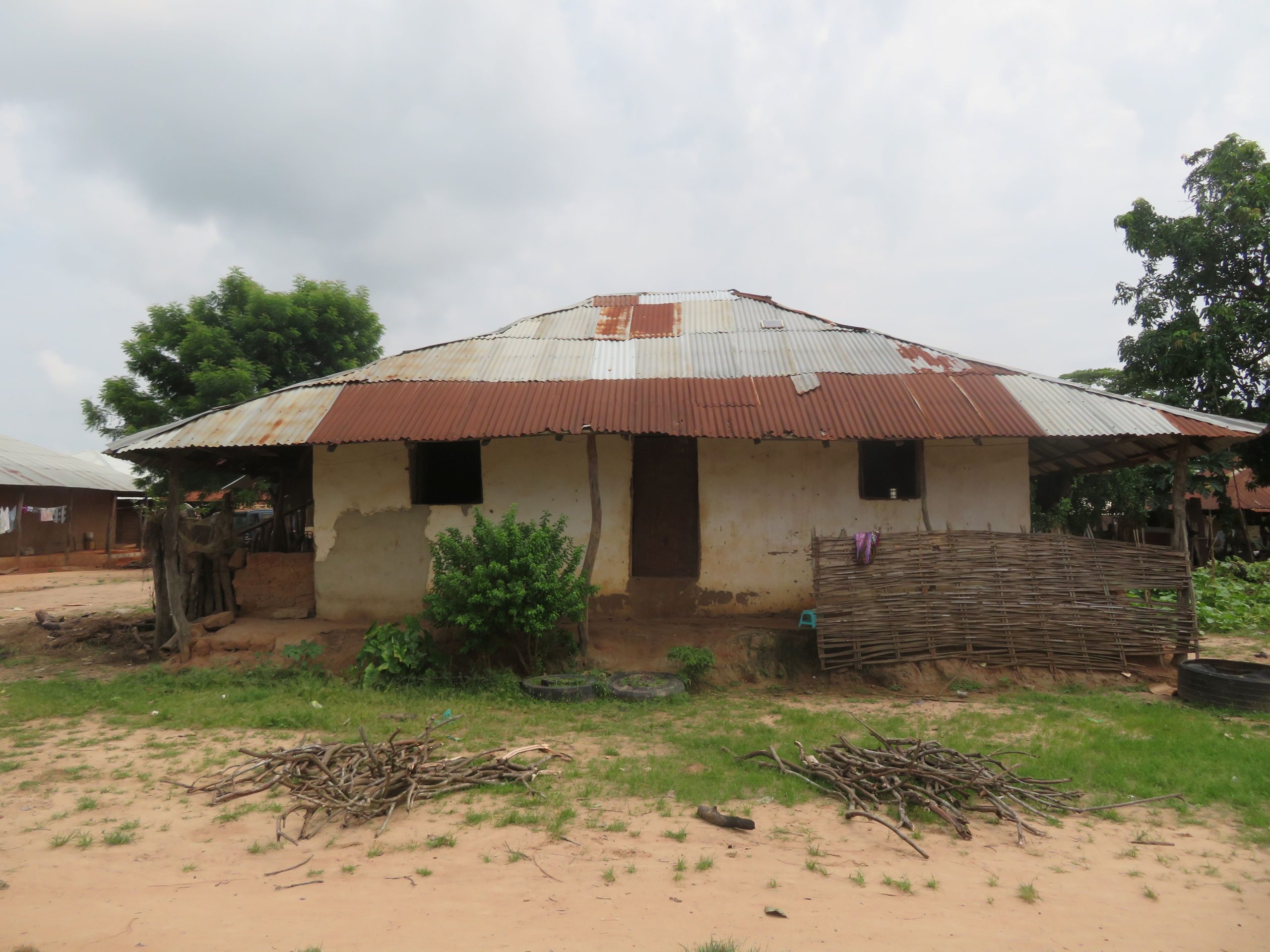Communication
On What Material Do You Want It to be Made…? Negotiations and Colonial Building Sites in African Territories under Late Portuguese Rule
Event: IASTE 2025 Alexandria: Cosmopolitanism and Tradition
Authors: Ana Vaz Milheiro
Date: 23 – 26 May 2025
Location: Alexandria, Egypt


Summary
In 2000, in Cidade Velha, Cape Verde, the Portuguese architect Álvaro Siza was queried by an immigrant who was building his house regarding the design of the roof: “It is not good here, the straw. If it catches fire, this whole part will burn. It would be better to let me use tiles”. The episode illustrates the clash between the people’s expectations and the architects’ wishes. In another house, also thatched according to local tradition, the occupant complained about the difficulty of finding materials: “I have fought many wars and I did not accept the thatch”. She wanted a tiled roof, associated with economy, low maintenance and cosmopolitanism. Approximately 35 years prior, during the period of Portuguese colonial rule in Africa, the fishing communities on the island of Luanda, Angola, faced a similar challenge when presented with a proposal for new housing made by the Administrative Commission of the Popular Neighbourhood Fund. Whilst answering the question in the title of this paper, these dwellers indicated to the colonial authorities their preference for fiber-cement roofs, as opposed to the traditional coconut leaf thatch proposed by the architects’ team (Carvalho and Cunha, 1963).
The construction of self-built housing units has been accompanied by conflicts between residents and technicians in former colonized countries since the late period of Portuguese colonialism. These conflicts reflect a process of combining multiple construction techniques with different cultural and ethnic origins that affect self-built landscapes. This phenomenon was initially documented by colonial bureaucrats and officials in the 1960s (Redinha, 1964). In response to the colonial government’s decision to support self-built housing as a strategy to address the local population’s lodging shortage, debates about the potential of combining vernacular and industrialized techniques began to emerge within the architectural culture. During modern colonization, various Western design proposals were thus put forth to integrate solutions perceived by the Colonial Public Works’ experts to be expressions of local culture. These proposals assumed that the inherited knowledge of the labor force could be used to facilitate this integration.
This paper examines the application of the concept of “community development” in the context of the construction of single-family homes in former Portuguese colonial territories in Africa during the Cold War era (Jerónimo, 2024) to gain insight into the strategies of self-production housing employed by the Portuguese authorities. It crosses the “omnicompetence” of pre-colonial societies (Adamson, 2020), as a latent civilizational dynamic, with a “new vernacular” construction, sponsored by industrialization, via the lens of “creole technologies” (Edgerton, 2007). The aim is to trace a narrative of the colonial building sites of these residential landscapes through three processes of (alleged) optimization: how technicians described the core tasks of domestic-scale works, identifying local agents with the “right skills”; how they tested the receptivity and capacity for self-production of housing through demonstrations (such as model houses); how they managed the interplay between local labor, traditional techniques and industrialized materials to achieve a greater number of units. Finally, the paper questions how the building sites’ dynamics impacted project design.
Click here for more information.

